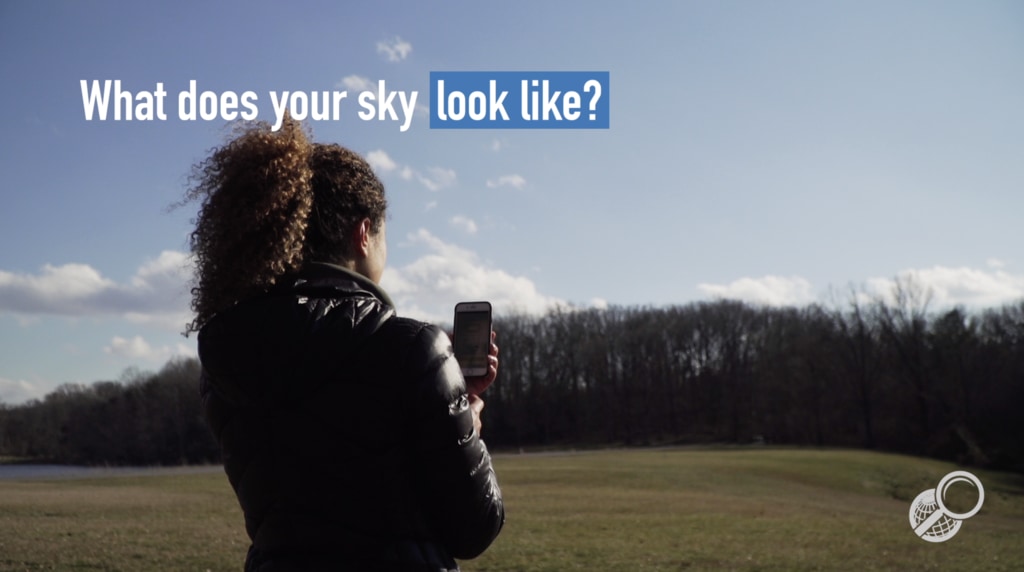GLOBE Observer Mosquito Habitat Mapper: Getting Started Basic
Underwater Lights by Wally Gagel [ASCAP] & Xandy Barry [ASCAP]; Soundcast Music [SESAC]; Universal Production Music
In many parts of the world, mosquitoes are more than just a summertime nuisance. Their ability to carry and spread disease to humans causes millions of deaths every year. (World Health Organization). Using the GLOBE Observer Mosquito Habitat Mapper, citizen scientists will be able to augment broad scale satellite-based research with targeted ground-based observations at a high level of granularity.
“Satellites don’t see mosquitoes,” says Dr. Assaf Anyamba, a scientist using satellite data to study mosquitoes at NASA Goddard Space Flight Center, Greenbelt, Maryland. “However, satellites provide us observation platforms from which to monitor the environmental variables that indicate where mosquito populations can flourish. This helps us identify areas where disease can emerge.”
Learn how to use GLOBE Observer to take Mosquito Habitat Mapper observations in your own community! Submit your own observations, even if larvae are not found in the mosquito habitat.
“By generating local, ground-based data with the help of citizen scientists, the app gives scientists supplementary data as they model mosquito population outbreaks,” says Dr. Rusty Low of the Institute for Global Environmental Strategies, Arlington, Virginia, one of the NASA-funded organizations that helped develop the Mosquito Habitat Mapper.
To learn more about GLOBE Observer and Mosquito Habitat Mapper, visit the GLOBE Observer website.
For More Information
Credits
Please give credit for this item to:
NASA's Goddard Space Flight Center
-
Producer
- Liz Wilk (GSFC Interns)
-
Production assistant
- Heather Mortimer (SSAI)
-
Support
- Holli Riebeek Kohl (SSAI)
-
Talent
- Mark A. Branch (NASA/GSFC)
-
Science advisor
- Rusty Low (IGES)
-
Technical support
- Aaron E. Lepsch (ADNET Systems, Inc.)
Release date
This page was originally published on Tuesday, January 28, 2020.
This page was last updated on Wednesday, May 3, 2023 at 1:45 PM EDT.
![Learn how to take land cover observations using the GLOBE Observer app.Music: Up On the Mountain/WAX005: Goodvibes - Bruce Driscoll [BMI], Marie Seyrat [BMI]; Killer Tracks Production Music](/vis/a010000/a013100/a013187/FACEBOOK_720_13187_GLOBE_Observer_Land_Cover_Final1_facebook_720.00150_print.jpg)
